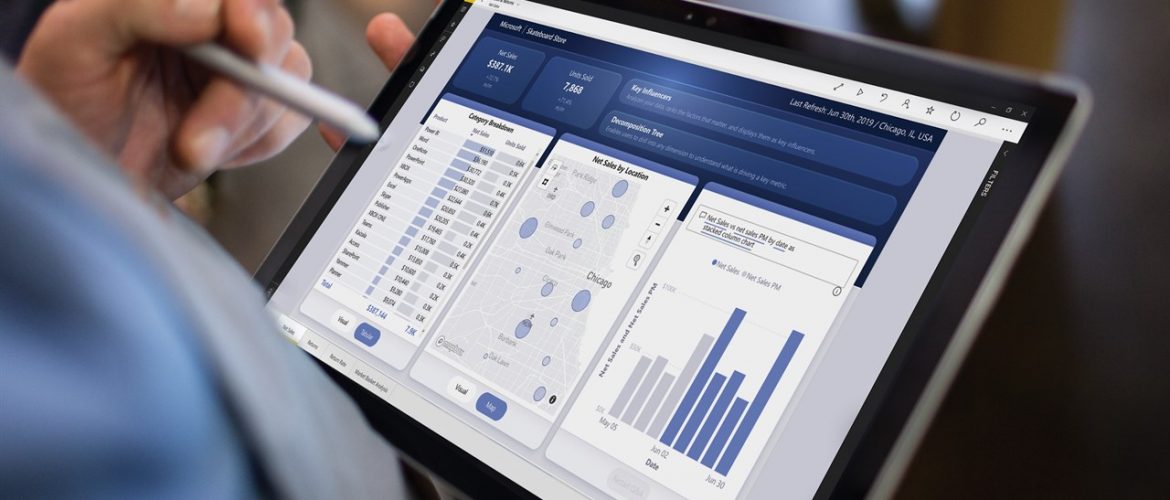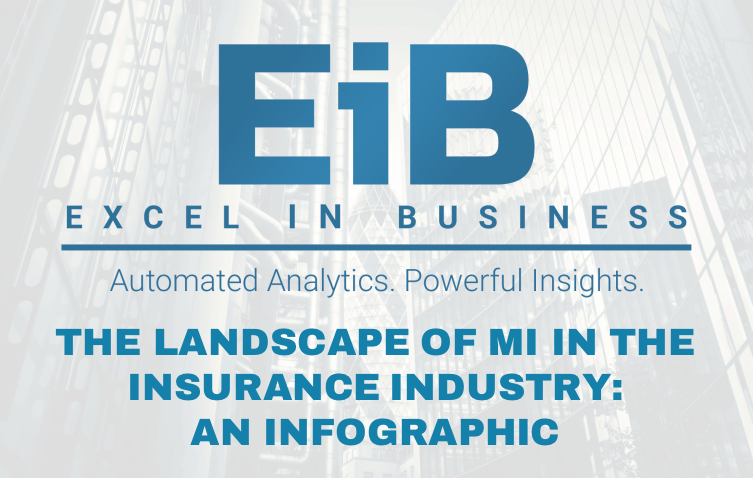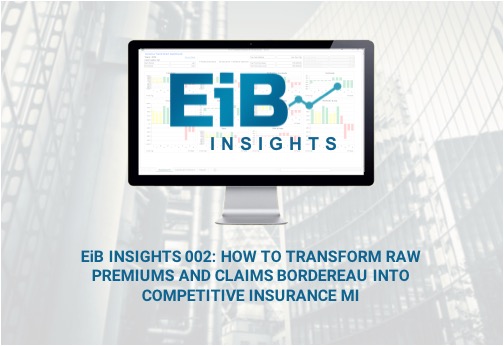What Is Insurance Analytics? Insurance Analytics is a type of Insurance Claims Analytics, which is a type of Business Intelligence Analysis. This type of analysis is very useful for the company because it will allow the insurance company to keep up with any changes that have been made to its policies or their policies. There are different types of insurance analytics which include Customer Analytics, Risk Management and Risk Analysis, Risk Management Strategy and Risk Management Processes. The main purpose of
Many companies do not have an in depth understanding of their insurance system and many do not take time to understand insurance analytics. If a company does not understand what is happening, it can not make any effective changes or improvements in the insurance system. A large percentage of businesses are unaware that they are paying too much for insurance or that they are not getting enough coverage. Many companies think that it is all about the numbers. However, there
An Insurance Analytics program is an online course designed to educate insurance companies about the trends in their market. It gives you the ability to analyze and improve your business from top to bottom. As an insurance agent, you will have to know everything there is about the customers you have, how they interact with you, what makes them want to buy insurance, how can you increase the chances of them being new clients. Insurance Analytics helps you track, manage and
EiB Insurance Analytics aims to help insurance companies improve their MI. It helps to track the actions of a claim from the time it was filed, to the date of payment, the process for dispute resolution, and how much the insurance company has to spend on claims. Claims that are denied by the insurer can be easily tracked down by the analyst by looking at the records of the client’s previous claims. It is also useful when the client does not
Insurance Analytics is not a new concept; it has been around for many years. The best insurance companies are using analytics in their policies and are finding it saves them time and money. It’s also making it easier for them to make more informed decisions about their policies. Insurers collect data on what their policyholders have to say about the services, products and prices that they receive from their insurance provider. After analyzing these facts, the insurance company can then make
BIBA always presents the perfect opportunity to engage with the full spectrum of stakeholders from across the insurance industry, and find out exactly what is happening in the MI space. This year we conducted a survey of over 100 incumbents from brokers, underwriters, MGAs, InsurTech, insurers and reinsurers, and delved a little deeper into the MI behaviour of the sector to find out how the industry is adapting to such a significant digital transformation, as we enter
The last instalment in our EiB Insights series, explored how our EiB Insurance Analytics solution allows you to access your raw premiums and claims bordereau and automatically transform this into powerful MI, without the arduous task of manually handling your data. Our focus now turns to the pertinent topic of what happens when your raw data is in fact erroneous data. After all, if the base data is flawed, then regardless of
In a data and analytics survey conducted by the Economist Intelligence Unit, only 13% of insurers surveyed identified enterprise-wide data management and warehousing as a significant strength in their organisation, while 82% ranked data and analytics as a top strategic priority. So, while increasingly more insurance companies continue to invest in modernising their technology architecture, as a means of embracing the cultural shift to a digital age, most still find their efforts have










Recent Comments